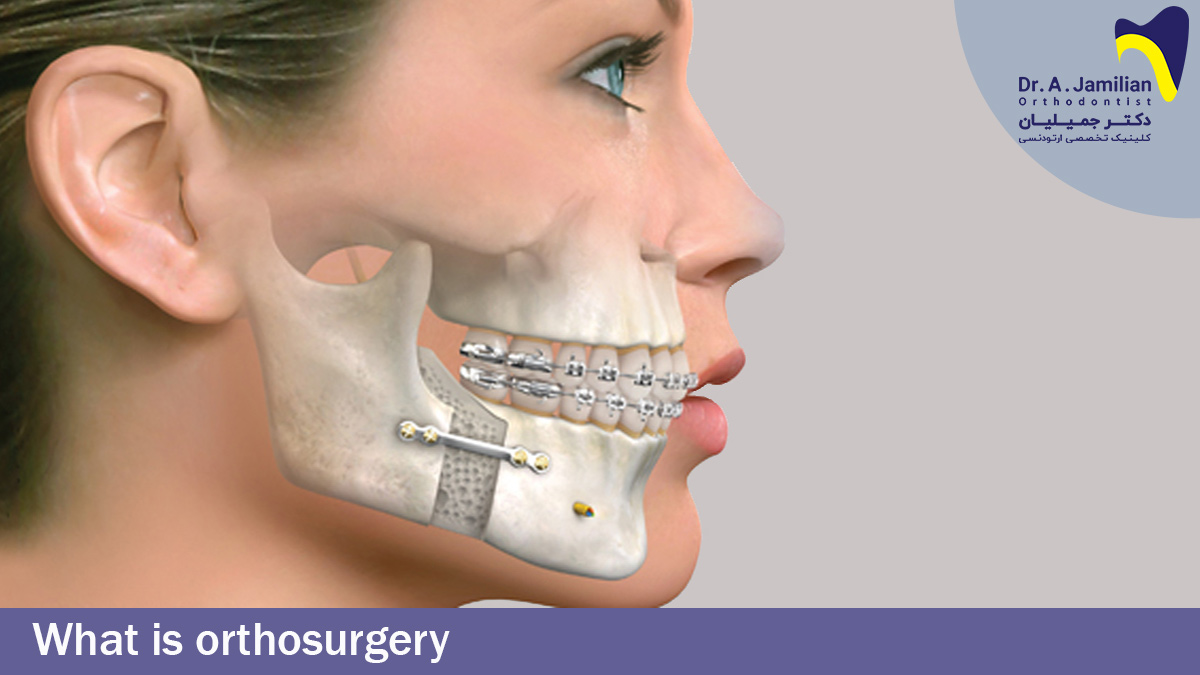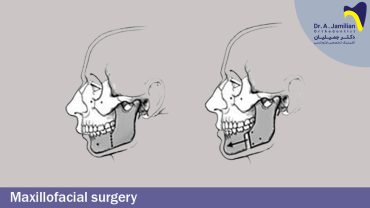Orthosurgery is one of the current up-to-date methods for treating oral and dental anomalies. In this specific method, surgery and orthodontics are combined, and done together. This is classified as “Orthosurgery” otherwise called orthognathic. The order and beauty of human teeth & jaws have a great influence on their beauty. For patients with irregular teeth with a jaw in bad shape, in such a specific situation including laughing, is certainly difficult (as patient’s are embarrassed to laugh). Irregular teeth isolate you mentally because you constantly get the impression that you are under others’ microscope. However, not to worry, thanks to orthosurgical treatment, you may resolve the worst complications of the teeth and jaw.
What Is Orthosurgical Treatment?
When patient’s visit an orthodontist for orthodontics, the condition of your teeth and jaw will be checked first. This is through various tests and images of different types. Most people undergoing orthodontic treatment also have jaw anomalies. Now, if this anomaly is mild to moderate, the orthodontist uses the same orthodontic procedure to arrange the irregular teeth and shape the patient’s jaw. However, sometimes the jaw anomaly is so severe that requires maxillofacial surgery during orthodontics. The patient’s age is an important factor in choosing orthosurgery treatment, which is considered by an experienced orthodontist prior to any other action.

Stages Of Orthosurgical Treatment:
Orthosurgical treatment includes the following steps:
- Given that both orthodontics and maxillofacial surgery are done in orthosurgery, the patient should be under the supervision of both orthodontists and maxillofacial surgeons during the examination sessions. Finally, the specialists will design the full treatment method ,d plan and then, the treatment begins. Myself personally suggest that you see an orthodontist with a surgical fellowship. This is due to not having to see several physicians at the same time for a complete and perfect treatment.
- In most cases, for orthosurgical surgery, orthodontics is performed first. Orthodontics must be performed before surgery to achieve the desired result at the end of treatment. Otherwise, the treatment will be unsuccessful.
- Maxillofacial surgery in orthosurgical treatment begins when the orthodontist considers the patient’s teeth are at their best order.
- For maxillofacial surgery, orthodontic equipment does not need to be removed from the patient’s mouth. The patient undergoes maxillofacial surgery with the very orthodontic wires.
Appropriate Time For Orthosurgery
The question of when to start during any orthdontic treatment appears. Within orthosurgical treatment specially it’s a common question. As you know, most of the skeletal growth is up to the age of 18, that means that after that, fewer changes occur in the bones, so the orthodontist believes that the best time for orthosurgery is between 17 to18 years of age; at this time, the ideal result is obtained from orthosurgical treatment.
Applications Of Orthosurgical Surgery
Orthosurgical treatment helps patients to regain their health and beauty. This is even if they are in the worst case of dental and jaw anomalies. The following options can be mentioned about the use of orthosurgery:
- In people with genetic disorders of the teeth and jaw as well with patients with the syndrome.
- Patients may develop severe jaw anomalies as a result of injuries such as accidents, falls from height, objects hitting the jaw, and so on. Orthosurgery is immensely helpful in these types of situation.
- Some patients have a large protruded maxilla or a small mandible, or vice versa, their maxilla is small or their mandible is large and protruded. These patients need maxillofacial surgery.
- Some patients have congenital anomalies, but this article does not deal with genetic issues. Sometimes, when the newborn is passing through the birth canal during vaginal delivery, the pressure on the neonate’s face can lead to jaw anomalies and therefore the need for orthosurgery.
Symptoms Of Needing Orthosurgery
Patients with irregular teeth but hesitant to choose orthodontic and orthosurgery, you can reach some general conclusion before visiting an orthodontist and maxillofacial surgeon based on the following symptoms:
- Stand in front of a mirror and place the maxillary and mandibular teeth on one another. Do they match?
- Excessive protrusion of the maxilla and retrusion of the mandible are other signs of the need for orthosurgery.
- Excessive protrusion of the mandible and retrusion of the maxilla are other signs of the need for orthosurgery.
- Jaw deviation on both sides can also be a sign of the jaw anomaly, and if the teeth are irregular, the best treatment is to seek orthosurgical help.
What Is Orthosurgery FAQ
1- How long should orthodontic brackets remain on the teeth before maxillofacial surgery?
Brackets are placed 12-18 months before surgery to prepare your teeth for surgery.
2- Is maxillofacial surgery difficult?
Jaw surgery is uncomfortable for the first few days after surgery, but because the results of the treatment are very satisfactory, the advantage of surgery worth the trouble.
3- May I receive corrective jaw surgery without orthodontics?
Orthodontic treatment is in nearly all scenarios necessary. When the jaws are in the wrong position, the teeth naturally compensate for the skeletal problem. The teeth are tilted to reduce the position of the defective skeleton. Prior to surgery, the orthodontist should move the teeth to a position where the jaws are properly aligned.
4- What foods should the patient avoid after jaw surgery?
Hard foods or foods that require a lot of chewing, such as pizza, apples, popcorn, peanuts and nuts, and hard meats, should be avoided for the first three months after surgery and liquid foods should be used for the first week after surgery.
5-Can I brush my teeth after maxillofacial surgery?
The patient can brush about two weeks after the operation when the incision is completely healed. A small soft toothbrush should be used.
6- Is maxillofacial surgery necessary?
Jaw surgery is needed to correct a variety of anomalies such as severe maxillary or mandibular protrusion as well as severe maxillary or mandibular retrusion. Jaw deviation in adulthood must also be resolved through surgery.
7- What foods should be used after maxillofacial surgery?
You should use very soft foods such as mashed potatoes or a variety of soups. Liquid supplements help ensure you get protein, vitamins, and minerals.
8- How long does maxillofacial surgery take?
The length of surgery depends on the type of jaw anomaly. Routine surgery on a jaw usually takes 1-2 hours. A surgery that involves several operations may take 4-5 hours.
9- Is maxillofacial surgery dangerous?
When performed by a maxillofacial surgeon, maxillofacial surgery is safe, and is often performed in collaboration with an orthodontist.



